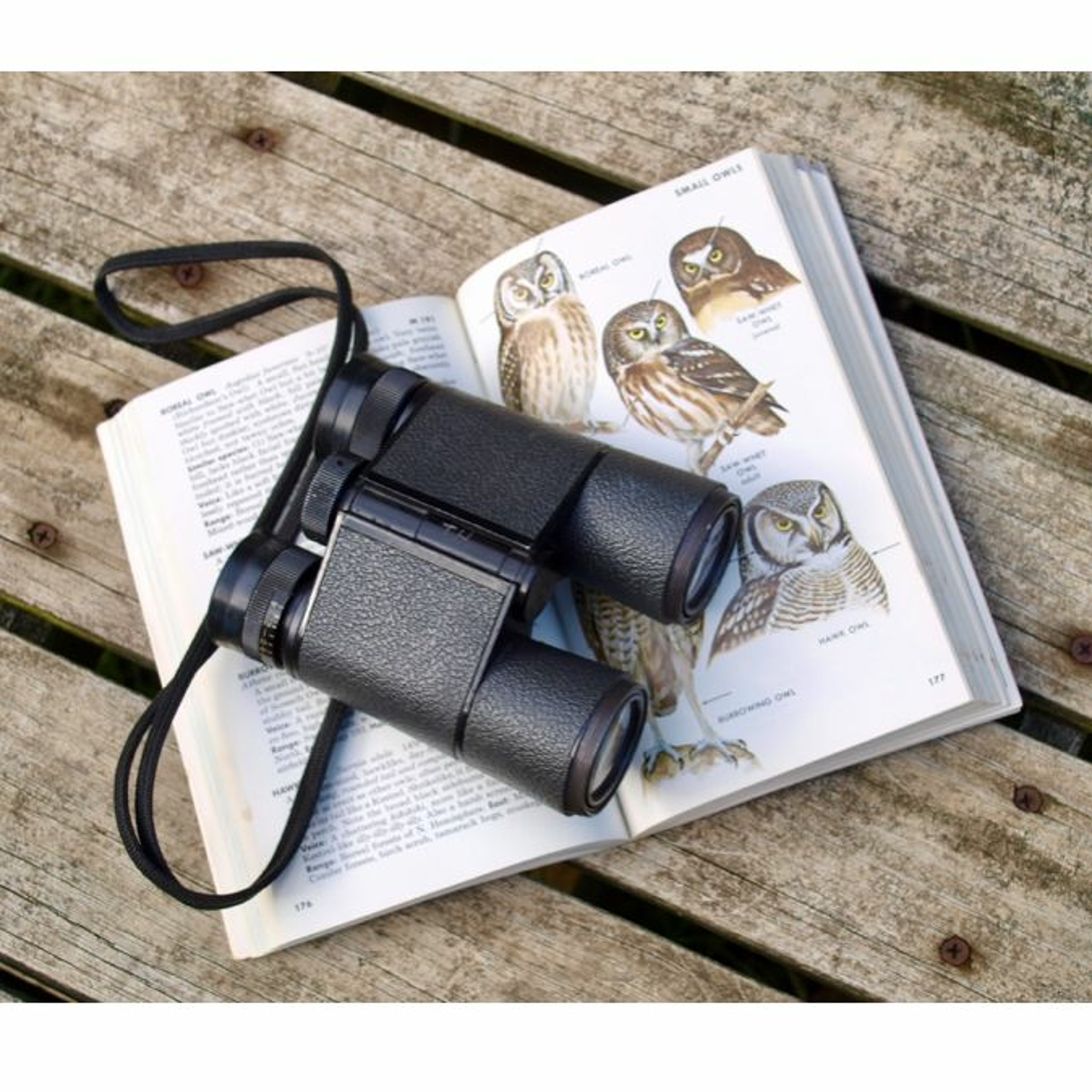The 2023 Christmas Bird Count
- Author
- roy.hales9.gmail.com
- Published
- Mon 15 Jan 2024
- Episode Link
- https://soundcloud.com/the-ecoreport/the-2023-christmas-bird-count
Roy L Hales/ Cortes Currents - The Cortes Island Museum has been sponsoring two birding events every year for the past two decades.* 2,873 birds were seen during the 2023 Christmas Bird Count, but this number would have been much higher if there were more participants.
“With only 6 people, you miss things. We can only go to a certain number of places where we know there will be birds, and that's mostly along the coastline,” explained Laurel Bohart, a keen birder as well as co-curator of Wild Cortes.
“There were children as well looking around the school, so they would have added their count. I think Gina Trzesickia (from the Museum) may have been involved in the bird count too, down at her place. We rely on people phoning in if they have bird feeders. They phone in and we gather that data. It's just easier than going to everybody's bird feeder and counting, because they keep changing every few minutes. So it wasn't just six people, there were a few others.”
Most of the counting was done by six people between 9:00 AM and sometime after 3:00 PM on Sunday, December 13th.
CC: How can so few people count close to 3,000 birds in a little over six hours?
Laurel Bohart: “I don't know how I managed to count that many birds, we just ran. That's the only way we could do it. I was very, very aware of the time and so you move fast. We were going around Blue Jay Lake, here, here, here, very quickly, scanning to see if there was anything out there. You develop a technique. You scan the tops of trees, is anything moving? If it's moving, stop and identify it. If it's not, on to the next tree. It's the same with the water. If you see little things bobbing around out there, you get your binoculars on them. You identify as fast as you can. If you're not sure, mark it as that and on to the next bird because you don't have time. You're trying to get to too many places.”
CC: Which was the most numerous of the 70 species of birds counted?
Laurel Bohart: “1,411 Surf scoters.”
The Surf scoter is a sea duck, which was given the nickname ‘old skunk-head.’ The Cortes Island Museum keeps records of the Christmas counts going back to 2001,* and Surf scoters are often the most numerous species. Last year there were only 395, so they dropped to #2.
CC: What about Juncos, which were the #1 bird in last year’s count?
Laurel Bohart: “Dark Eyed Juncos, 129, which is a stark contrast to last year where there were 717 Juncos.”
The second most most numerous species in this count were the small sea duck called Buffleheads (133), which winter in bays, estuaries and lakes.
One of Bohart's personal highlights occurred just as the count was coming to an end.
Laurel Bohart: “Tom and I counted at Squirrel Cove, Blue Jay Lake, the Klahoose Area, Seaford, and then Linnaea. We finished around 3:30. The others weren't at the museum yet, so we went down to Smelt Bay to see if there was anything interesting. I spotted the blackbirds right away. I didn't know they were Brewer's Blackbirds until they landed on the ground and were walking instead of hopping. Blackbird species all walk. The last time I saw Brewers Blackbirds was in Nanaimo a number of years ago at one of the malls in the parking lot, picking up scraps. I had never seen them on Cortes before, but to see them here at Linnaea and then another, I think, 7 down at Smelt Bay was quite extraordinary.``
“It was also extraordinary, only 1 Canada Goose was counted down in Smelt Bay. Normally there's dozens."
